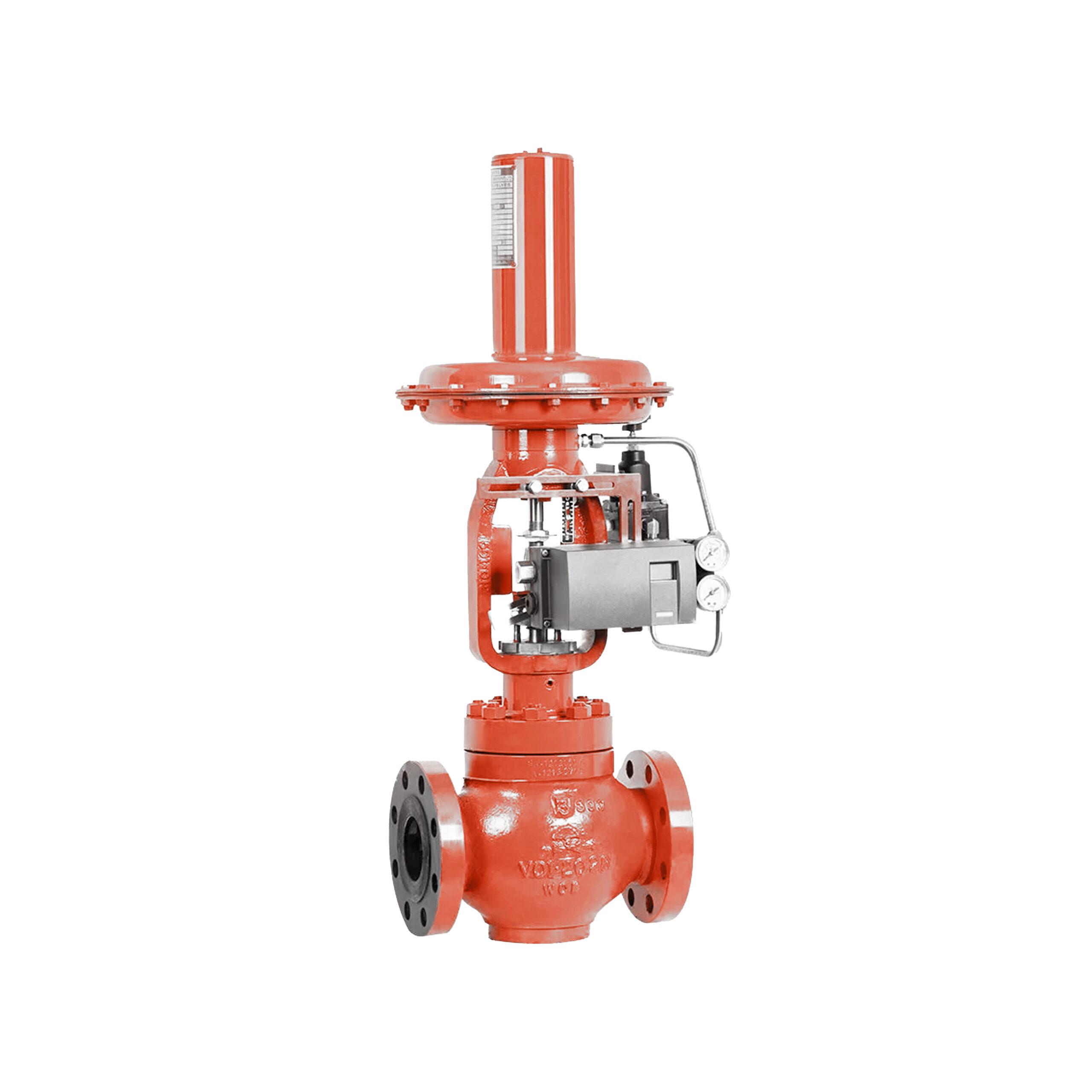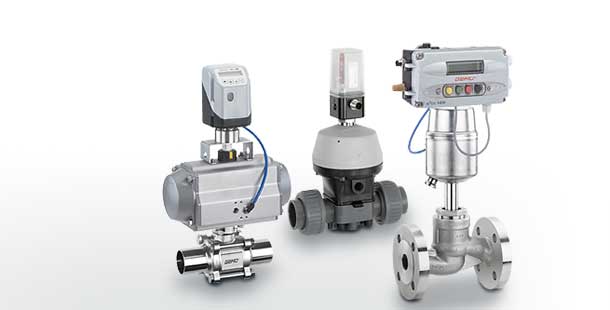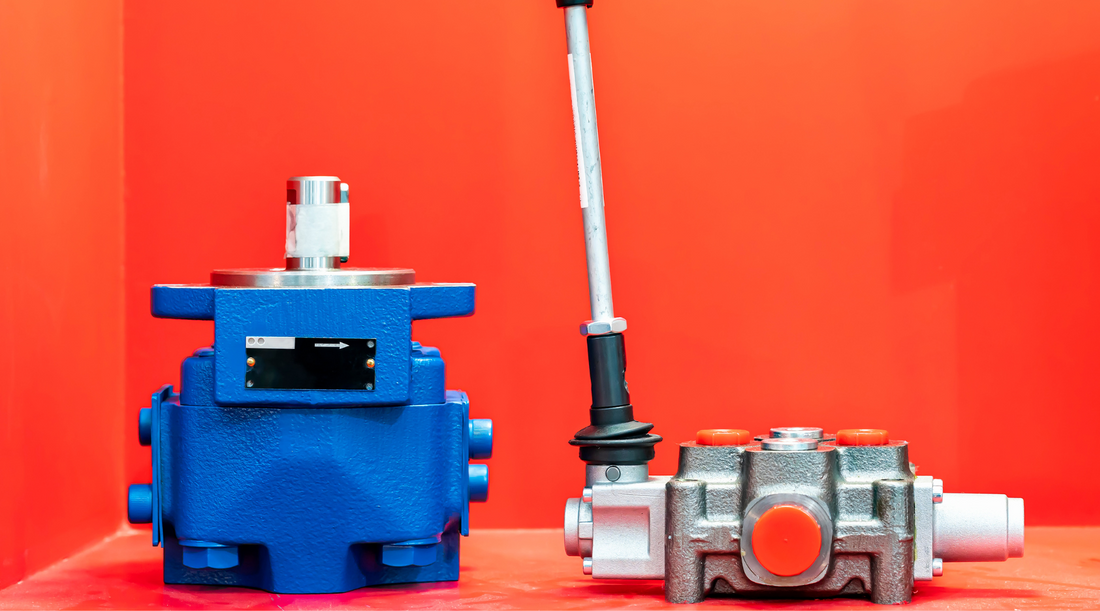The Duty of Control Valves in Liquid Flow Monitoring Solution
The Duty of Control Valves in Liquid Flow Monitoring Solution
Blog Article
Achieve Seamless Combination and Control With High Quality Structure Automation Controls
In the world of modern building administration, the value of quality structure automation controls can not be overstated. As modern technology remains to development, the combination and control of different systems within a building have developed to be extra effective and sophisticated. The seamless operation and surveillance of lights, COOLING AND HEATING, safety, and other structure functions have actually become critical for improving passenger convenience, power effectiveness, and general operational efficiency. However, the trip in the direction of attaining true combination and control is a diverse one, with considerations ranging from system compatibility to cybersecurity. Welcoming high quality building automation controls is not simply a matter of ease however a calculated essential for companies aiming to maximize their facilities' efficiency and sustainability.

Advancement of Building Automation Controls
Throughout the past few decades, the evolution of building automation controls has actually considerably transformed the way buildings are taken care of and run. Originally, building automation systems largely concentrated on basic functions such as regulating air flow, heating, and air conditioning (A/C) systems. As innovation progressed, these controls have become a lot more sophisticated, enabling for a wider array of building systems to be integrated and handled centrally.
The evolution of constructing automation controls has seen a shift in the direction of even more intelligent systems that can adjust to transforming conditions in real-time. This flexibility is important for optimizing energy effectiveness and guaranteeing resident comfort. Furthermore, modern-day structure automation controls currently supply functions such as predictive upkeep, remote tracking, and data analytics, enabling facility managers to make data-driven decisions to enhance building performance.

Benefits of High Quality Integration
The improvement in building automation regulates in the direction of more smart systems has underscored the considerable benefits of quality integration in enhancing building procedures and enhancing overall performance. Quality assimilation of building automation controls uses numerous crucial benefits. It leads to boosted power effectiveness by permitting various systems to function together perfectly, guaranteeing optimal performance and lowering energy wastage. Second of all, high quality integration boosts passenger comfort and performance by enabling customized control over ecological settings like air, lights, and temperature level quality. This personalization can cause a more conducive and comfortable working or living atmosphere. In addition, quality integration streamlines maintenance and fixing processes, as all systems are adjoined and can be kept track of and controlled from a central user interface. This centralized control additionally supplies better presence and understandings into building efficiency, allowing proactive upkeep and optimization strategies. Overall, the advantages of quality integration in building automation controls are undeniable, offering enhanced effectiveness, convenience, and operational effectiveness.
Boosted User Experience and Ease Of Access
Enhancing customer communication with structure automation manages through instinctive layout and enhanced availability elevates the total experience for passengers and facility supervisors alike. By concentrating on individual experience, developing automation systems can become much more easy to use and reliable. User-friendly user interfaces, clear navigating, and adjustable settings equip customers to connect with the controls quickly and successfully.
Availability functions play an important role in ensuring that all individuals, including those with handicaps, can make use of the building automation controls effortlessly. Including functions such as voice commands, tactile buttons, and color-contrasted displays can enhance ease of access and make the controls a lot more inclusive.
Furthermore, enhanced customer experience causes greater user satisfaction, enhanced performance, and better decision-making. Passengers can adjust environmental settings according to their preferences, while center managers can efficiently keep an eye on and handle building systems - control valves. Generally, prioritizing customer experience and accessibility in structure automation regulates adds to an extra productive and smooth building setting for all stakeholders entailed
Sustainable Practices With Automation

Furthermore, automation can promote the integration of eco-friendly energy resources such as solar panels or wind generators right into structure operations. By instantly adjusting energy use based on the availability of renewable resource, structures can better decrease their reliance on non-renewable sources. This smooth combination of lasting practices not just profits the setting yet likewise boosts the total functional efficiency and cost-effectiveness official website of the building. Via automation, structures can align with modern-day sustainability objectives and add to a greener future.
Future Trends in Building Control Equipment
One famous trend forming the future of building control systems is the enhanced combination of Artificial Intelligence (AI) and equipment discovering. Furthermore, the Internet of Things (IoT) is transforming structure control systems by connecting tools and sensing units to improve operations and improve efficiency.
Another key trend is the emphasis on cybersecurity measures to shield against possible threats to building automation systems. As structures end up being a lot more interconnected, guaranteeing robust cybersecurity methods will certainly be essential to guard sensitive data and stop unapproved access.
In addition, the change towards cloud-based platforms is acquiring energy, enabling systematized control and remote accessibility to structure systems. This facilitates easier tracking, maintenance, and updates, boosting the overall performance and flexibility of structure control systems. As technology continues to breakthrough, these patterns are anticipated to shape the future landscape of structure automation controls, driving technology and sustainability in the constructed atmosphere.
Verdict
Future trends in building control systems are most likely to focus on further improving automation abilities for enhanced energy performance and general efficiency. It is essential for structure proprietors and drivers to focus on the adoption of top quality structure automation manages to maximize building operations and achieve long-term sustainability goals.
In look at this web-site the world of contemporary building management, the importance of top quality building automation controls can not be overemphasized. In general, the development of structure automation controls continues to drive technology in the building administration industry, using new opportunities for developing smarter and more lasting structures.
The improvement in building automation manages towards even more intelligent systems has actually emphasized the substantial advantages of quality integration in enhancing building operations and boosting overall efficiency. Generally, focusing on user experience and ease of access in building automation controls adds to an extra effective and seamless structure setting for all stakeholders included.
It is necessary for building proprietors and drivers to prioritize the adoption of high quality building automation controls to enhance building operations and accomplish long-term sustainability objectives. - control valves
Report this page